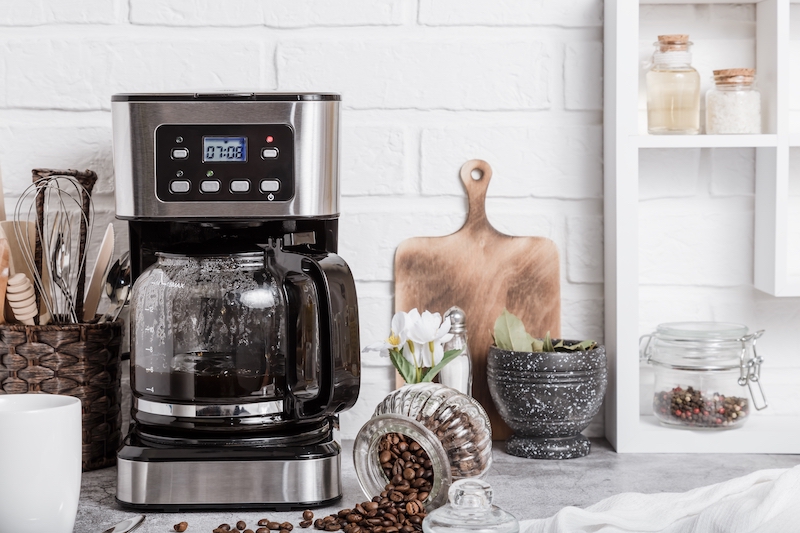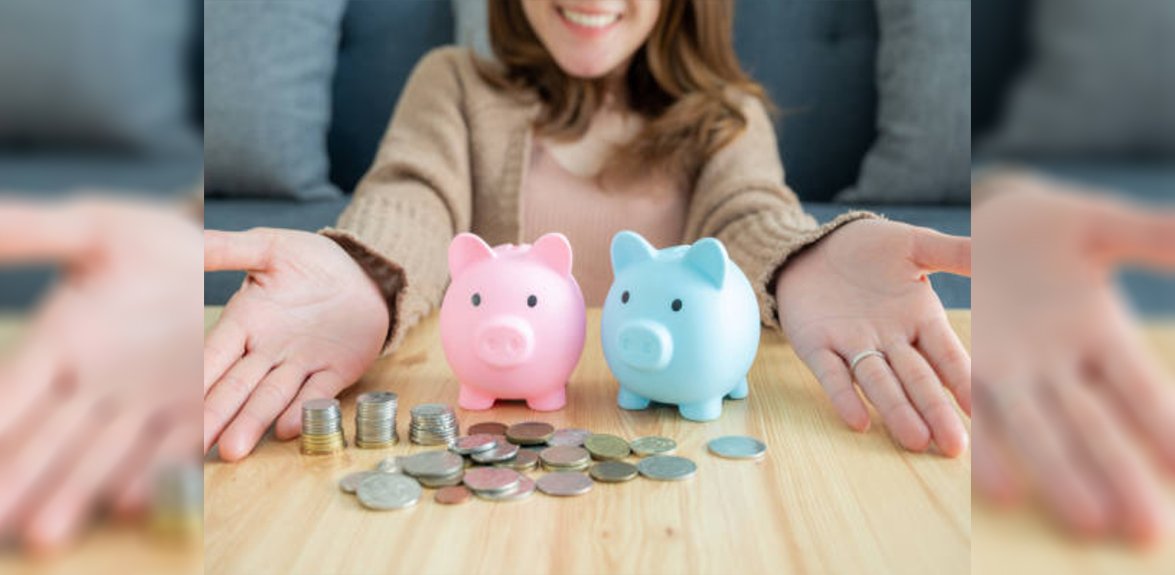 By: Sheldyn Chiocchio
By: Sheldyn Chiocchio
As a recent University graduate, I was thrilled to finish school finally! However, the feeling of freedom that came with graduating didn’t last long once I glanced at my finances. Not only did I have student loans, but I also accumulated significant credit card debt. I realized then that I had to get my finances in shape, starting with my credit card debt.
Luckily, with the help of my co-workers, who are financial advisors, I have been implementing some valuable strategies:

1. Put your credit card on (in) ice, literally!
No joke; just put it in a plastic container with water and put it away in the freezer.
2. Follow a budget
Taking the time to create a plan and manage your money better can really pay off. Adding up all the after-tax income, then subtracting how much you spend, is what budgeting is all about.
Tip: By downloading the SISIP Financial budget sheet, I set a realistic budget to monitor my spending and stay on track with my financial goals. Download budget sheet here.

3. Stop eating your way into debt: Bag-Lunch it
We all know how expensive buying lunch at work can get, but by making and bringing your lunch from home, you can save over $100/month. Not only are you saving big, but you will also enjoy the benefits of a healthier meal!
Tip: While preparing dinner the night before, I double what I make to ensure I have a lunch to bring with me the following day!
4. Keep a small amount of cash handy…
Unlike credit, cash is not an endless stream of purchasing power. One way to curb spending is to draw a small amount of cash for the week ($20-50) and limit yourself to that while trying not to use debit.
Tip: I withdraw a set amount for the following week every Friday. By doing so, I am more in control of where my money is going, and whatever is left is added to my regular monthly credit card payment!*

5. Walk or cycle…
If there’s a straightforward way to slash your budget, it’s ditching your car or regular public transport. During the warmer months, cycling is a great alternative, allowing for significant savings each year! Not to mention the cost-benefit of staying healthy and fit! Think about it: it costs a maximum of $500/year to maintain a bike compared to $9,500** the average Canadian pays to own a car (with insurance, maintenance, gas, etc.).
Tip: I got my bike out this summer and ditched my $100/month bus pass. And again, the extra savings are added to my credit card payment.
6. Waste not, want not…
We may not waste food on purpose, but somehow we allow an enormous amount of food to spoil.
Tip: Make sure you plan your meals ahead of time; make a grocery list when shopping, and don’t forget to check the expiry dates before purchasing your food items and. Above all, do not go grocery shopping on an empty stomach!

7. Lean on Your Coffee-Maker!
All the above tips have been beneficial. However, my coffee maker is the most effective ally in my attempts to save! At $2.00 per coffee “to-go,” I had been spending upwards of $60 /month on the brew – a cup a day, every day. This was a spending habit I had to curb, so I opted for the least painful choice: I would still be enjoying “Canada’s favourite coffee,” but this time, I would make it myself. By dusting off my banged-up coffee maker, I had a near-instant $60 cash flow at my disposal, and guess where that’s going?
If you prefer crafted coffee, try cutting off your daily coffee run to save up for your own expresso machine. With coffee costs ranging from $5 to $10, you will save a bundle in the first month. Imagine what you will save in a year.
Tip: This extra payment alone, added to my regular monthly payment, can help bring my credit card balance to zero in nine months and not the three-plus years I dreaded!
On your way to debt free
As you can see, with simple tweaks to your lifestyle, saying goodbye to your debt may be closer than you think…Just take it one step at a time.
Next step: my student loans!
*Always try paying more than the minimum payment required
**Source: Statistics Canada Feb 25, 2013









